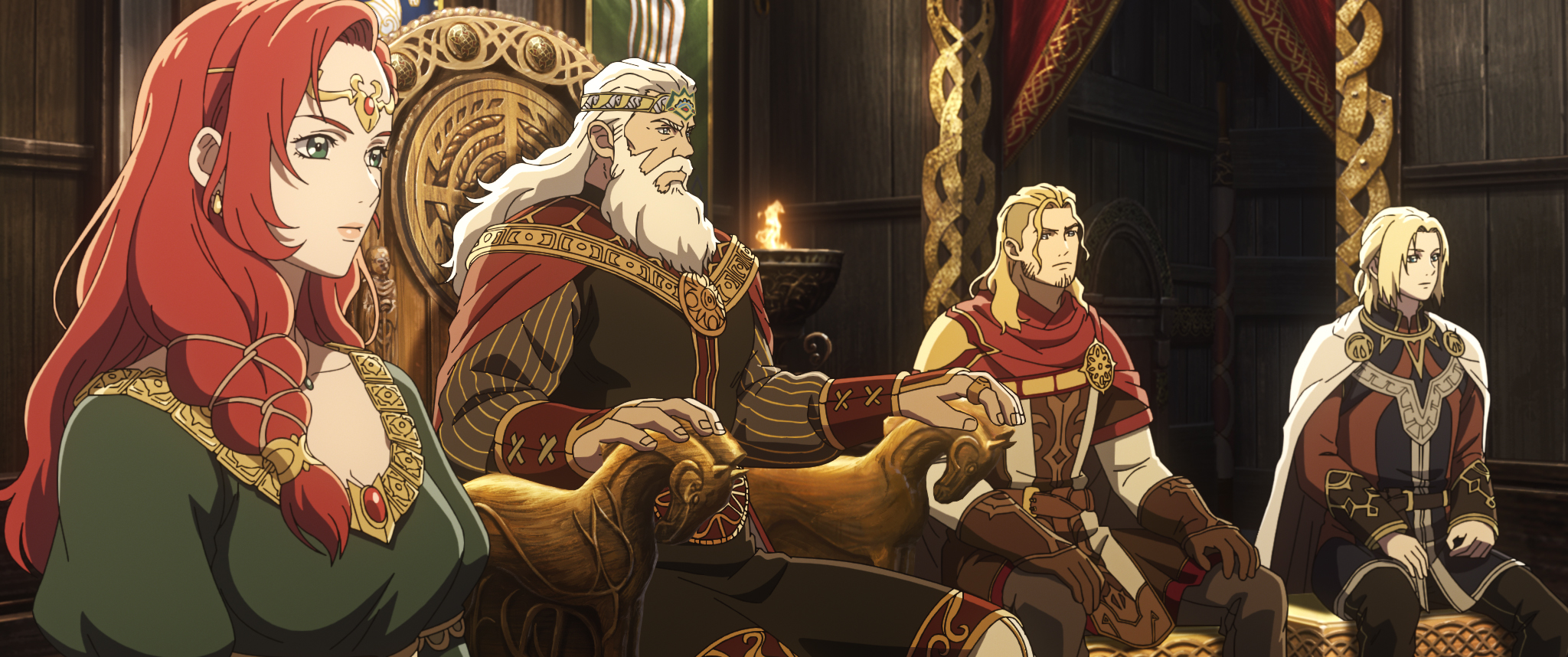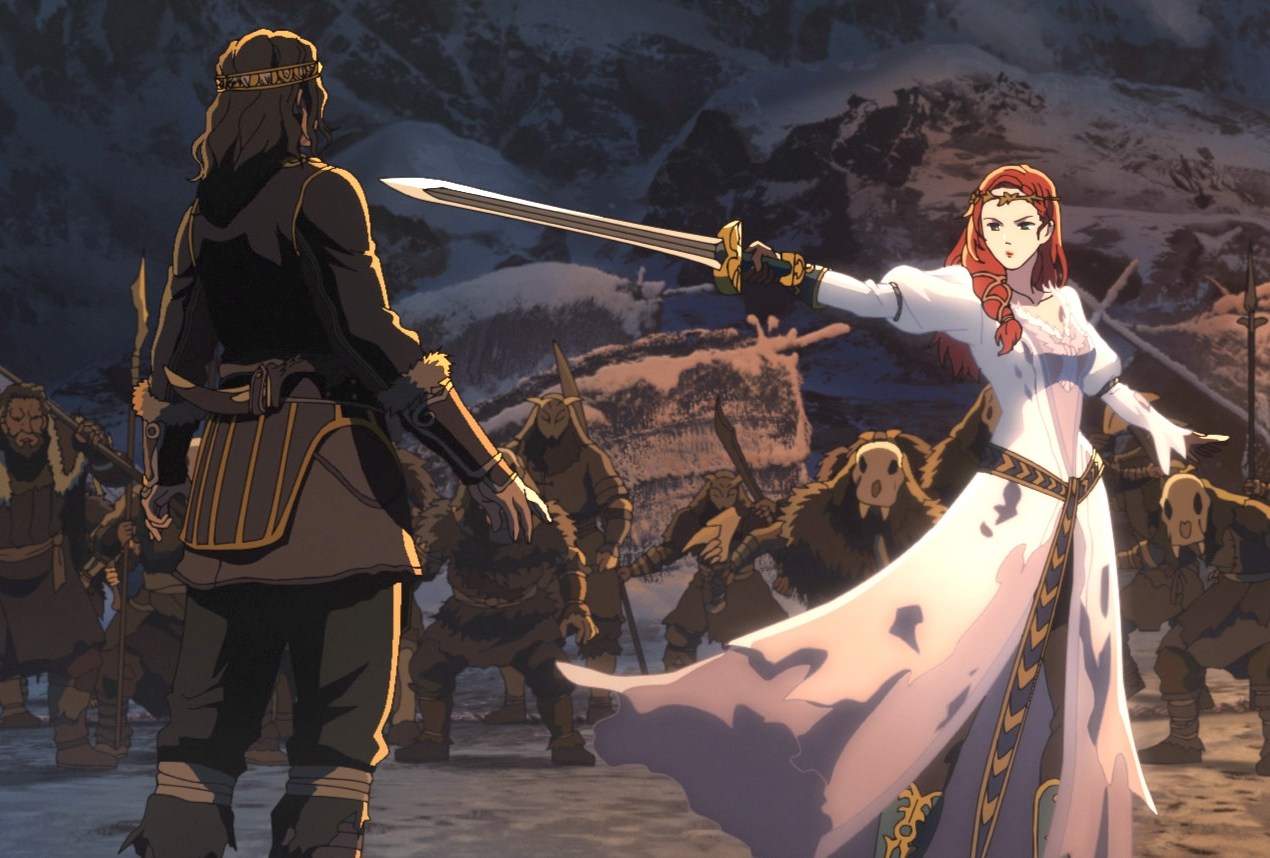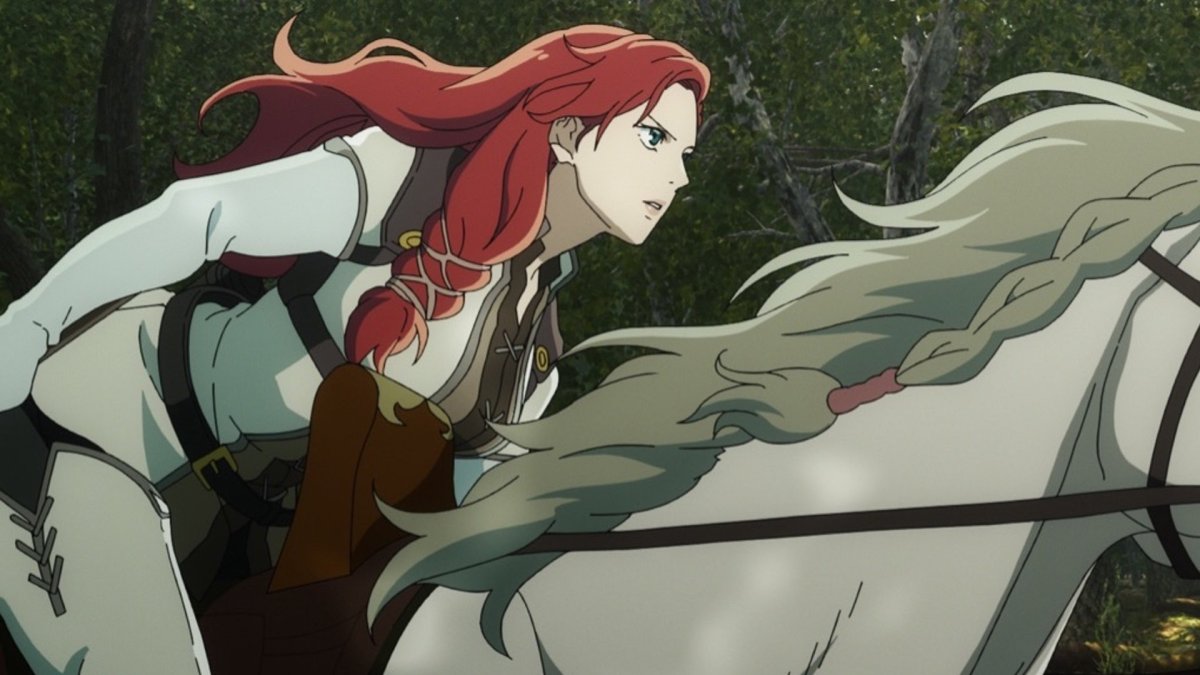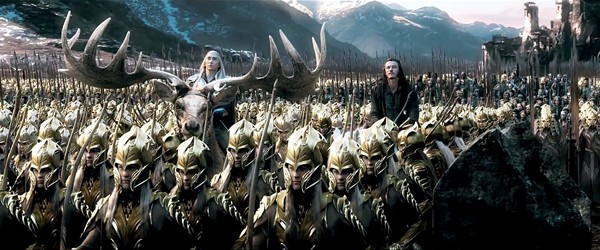Before Peter Jackson convinced New Line Cinema to back his Lord of the Rings movie trilogy in 1999, lots of people had tried to adapt J.R.R. Tolkien’s fantasy epic. Stanley Kubrick though about it, and decided it was unfilmable. John Boorman tried in the 1970s, but when he got bogged down, he sold his screenplay to an unlikely entity. Animator Ralph Bakshi is, today, a legend. In the mid-’70s, he was the guy who made Fritz the Cat, a gleefully obscene animated film based on the work of counterculture cartoonist R. Crumb, notorious for being the first animated film to ever receive an X rating.
Bakshi’s Lord of the Rings was sorely undercapitalized, so he was forced to innovate. He drew over test footage of people in costumes, a time-saving technique known as “rotoscoping,” and slyly mixed live-action with animation. As with all of Bakshi’s nine feature films, the results are a mixed bag. There are moments of brilliance, and moments of “WTF was he thinking?” Bakshi’s film was a financial success, but even though it ended with the siege of Helm’s Deep, his studio never greenlit the promised sequel, which would have taken the Hobbits to Mordor.
After the Best Picture triumph of Return of the King, Jackson produced three Hobbit movies that were of, let’s say, declining quality. Noted Tolkienista Jeff Bezos paid $750 million for the The Rings of Power TV series on Amazon Prime, which has been dodgy, at best, and a crushing bore at worst.
Now New Line, in a bid to retain the rights to Tolkien’s works, has gone back to LOTR’s cinematic roots and produced an animated film. Produced and co-written by Philippa Boyens, who was one of Jackson’s main creative collaborators, The Lord of the Rings: The War of the Rohirrim is directed by Kenji Kamiyama, an acclaimed anime artist whose credits include the groundbreaking cyberpunk series Ghost in the Shell: Stand Alone Complex.

The War of the Rohirrim is based on a tidbit of Middle Earth history mentioned in one of Tolkien’s exhaustive appendices. It’s a couple of centuries before Bilbo Baggins discovers the One Ring, and the no-nonsense King Helm Hammerhands (voiced by Brian Cox) rules the kingdom of Rohan. His daughter Héra (Gaia Wise) is not content to be a beautiful princess tucked away in a castle. Raised by her martial father and two brothers, while her mother died in childbirth, she learned to ride a horse before she could walk and is as handy with a short sword as any Rider of Rohan.
But, as you would expect, it’s an uphill battle for a woman to get respect in a feudalistic, patriarchal society. Overshadowed by her brothers Hama (Yazdan Qafouri) and Haleth (Benjamin Wainwright), she’s so out of the loop that when rival horse lord Freca (Shaun Dooley) shows up, demanding an answer to his son Wulf’s (Luke Pasqualino) proposition for a dynastic marriage, it’s all news to her. Her father wants her to marry a Gondorian, thus cementing the loyalty of a powerful ally. But Héra’s ambition is to resurrect the tradition of the Shield Maidens, a group of female warriors who took up arms to save Rohan when the riders were decimated in battle.
When Freca won’t take “no” for an answer, and gets uppity with the King, Helm says he won’t abide fighting in the mead hall, and suggests they take it outside. Freca proves no match for the guy they call “Hammerhands” and dies after only one punch. The king immediately regrets his rage, but feels he has to exile Wulf as a precaution.

Years later, Wulf returns at the head of an army of Dunlending wild men to claim the throne of Rohan, and the king must fight through betrayal in his own ranks and a long, cold winter of pitched battles to save his throne. When Hama and Haleth fall on the field of battle, it’s up to Héra to save her country and secure her family’s legacy.
Kamiyama is a product of the Japanese anime machine, but like Bakshi’s LOTR, this transcontinental production is hodgepodge of techniques and styles from the entire world of animation. Héra, with big eyes, flowing gowns, and flashing swords, is as much Sailor Moon as she is Tolkien. Modern digital tools open up possibilities Bakshi never had, and the line between animation and heavily processed video blurs. In places, Kamiyama appears to be deliberately aping Bakshi’s rotoscoping style. While this is clearly Peter Jackson’s version of Middle Earth, with familiar sets like Helm’s Deep and Isengard, Kamiyama avoids Jackson’ addiction to slo mo, while delivering the big set piece battles the series is famous for.
The writing, however, is bit of mixed bag. I appreciated the lack of heavy sorcery, and the choice to focus on a human story of jealousy and ambition gone wrong. But The War of the Rohirrim never feels more important than a footnote to the Lord of the Rings story, which is exactly what it is. But hey, at least it’s more entertaining than those Hobbit movies.


